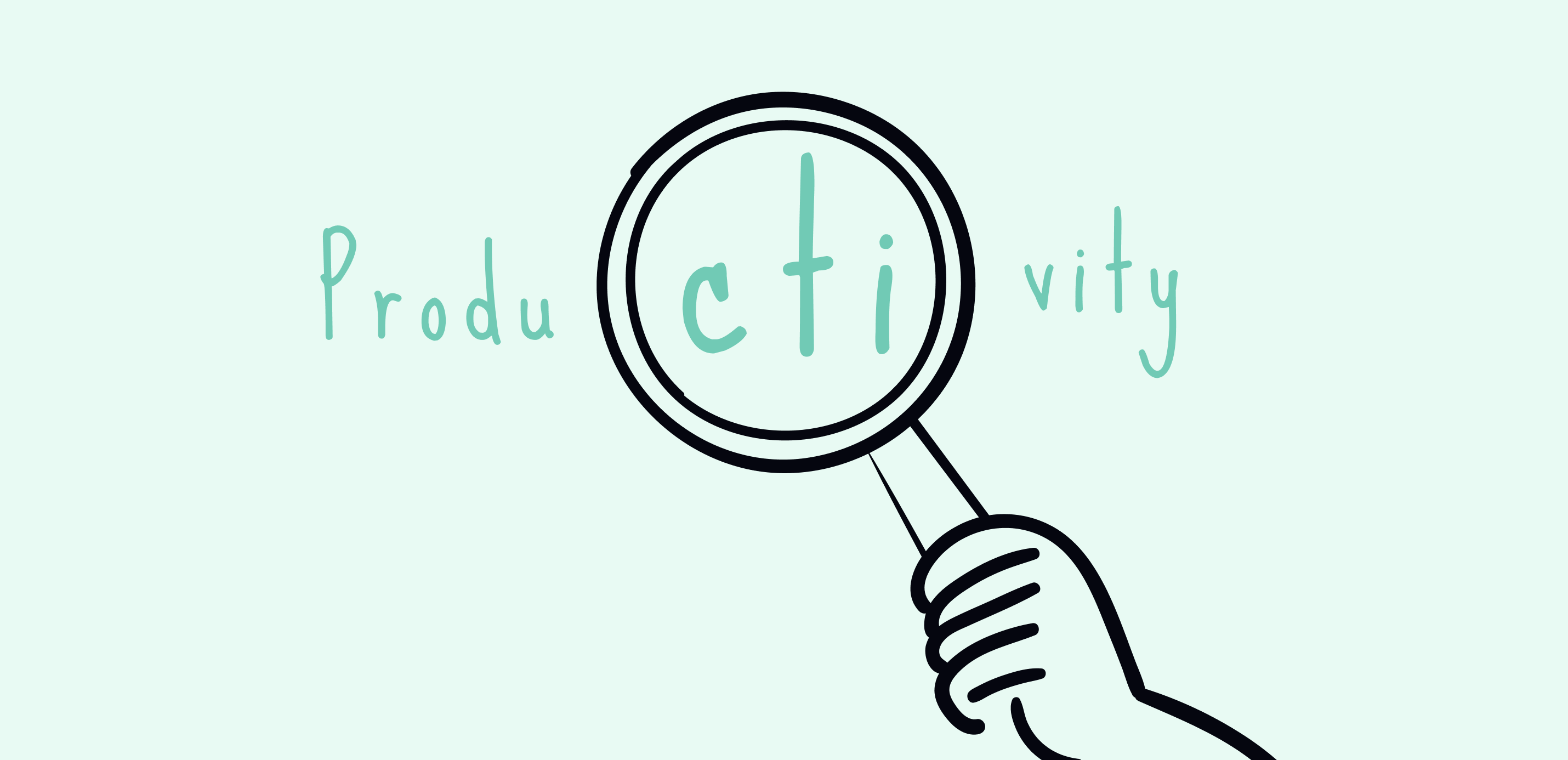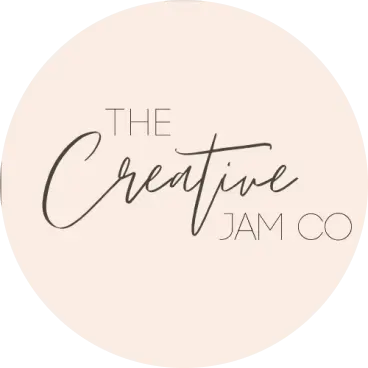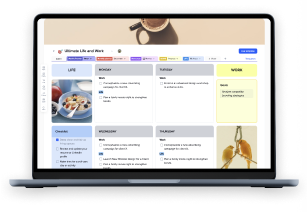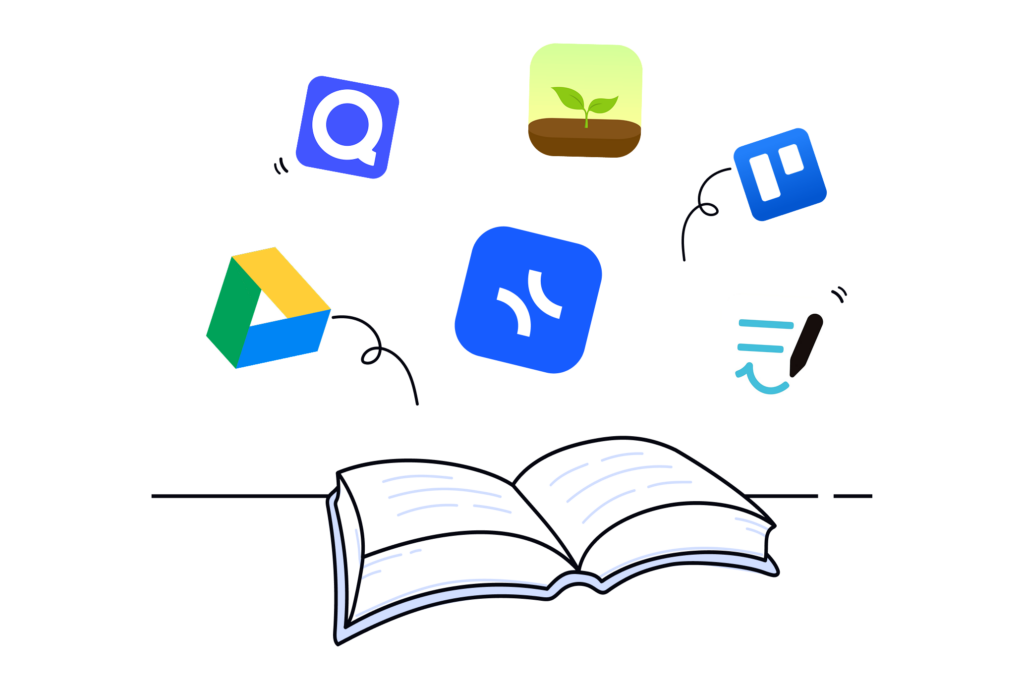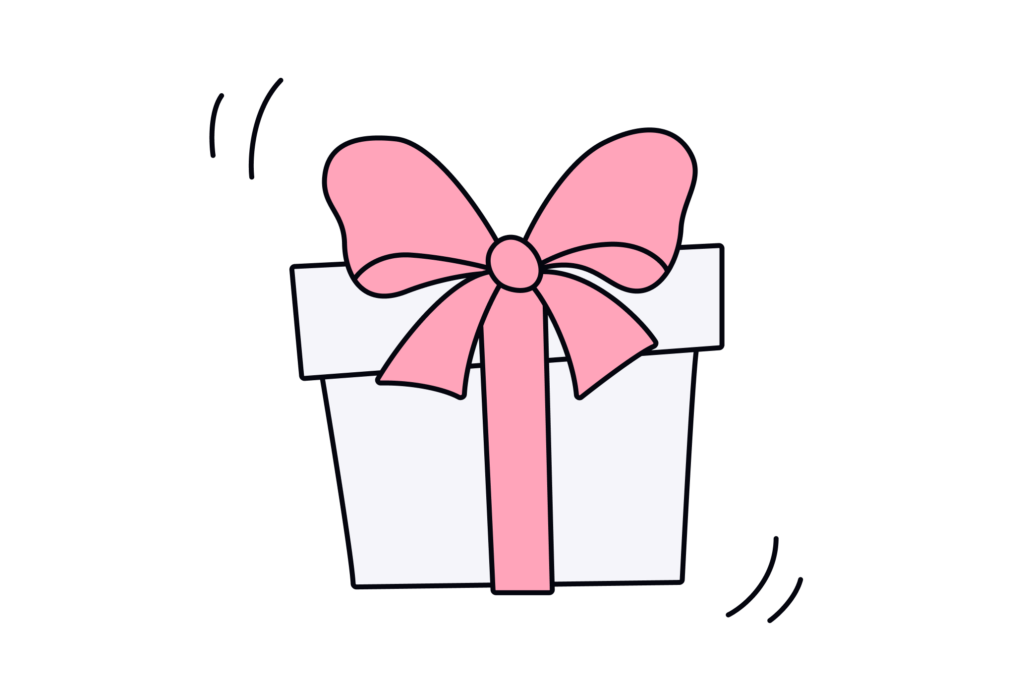In our constantly overstimulated and saturated world, we are beset by a relentless trio of distractions: emails, social media, and news notifications, each clamoring for our attention like sharks circling their prey. Such divided attention can severely undermine our productivity, leading to errors and a marked reduction in cognitive performance and focus. To counteract these challenges, strategic tools are essential. These tools are designed to minimize distractions and create the optimal conditions for deep work.
Enter xTiles, the tool for productivity enhancement that revolutionize task management and allow for the creation of a personalized visual field tailored to individual needs. xTiles empowers you to reclaim your attention span, eradicate the temptations that undermine your productivity, and establish the perfect setting for focused, high-quality work.
Now, let’s explore some approaches to sharpen your attention and focus and learn why it’s so hard to concentrate at one task at the moment.
Understanding Divided Attention
Divided attention, sometimes referred to as multitasking, is when we are able to respond to two or more sources of information, tasks, or other triggers simultaneously. We split our mental resources and brain abilities between multiple stimuli. However, this might have some serious drawback – it often leads to a compromise in our cognitive performance and divided attention tasks.
It might sound like a very serious skill, something that takes years to develop, while in reality all of us divide our attention constantly. In our everyday life, we frequently encounter situations, such as trying to hold a conversation while driving or chatting with someone else via the phone or attempting to work on a report while keeping an eye on incoming emails and notifications.
These common scenarios highlight the constant stimulation and multiple tasks that fight for our attention, making it challenging to stay focused and stay present in the moment. So, in reality we need to learn how to maintain focus to respond correctly to the challanges. If we measure divided attention, we will see that there is enough potential within us to complete even the most challenging tasks we fear.
Types of Attention
However, in considering the complexities of divided attention and its impact on our cognitive ability, it is appreciated that attention is a multi-dimensional concept. Let’s see in detail:
Sustained attention
Sustained attention It is the ability to put focus on a given task or stimulus over time without disruption and without losing focus; it becomes of importance in tasks that demand constant mental input and, therefore, extended time, e.g., reading a book or working on some kind of complex project.
Selective attention
The ability to focus on the relevant detail and to ignore such detail which may be either irrelevant or distracting. Selective attention thus is very useful in paying attention and giving importance to the most relevant parts of our environment; it weeds out any unwanted pieces of information that might hamper performance.
Alternating attention
Is the ability of attention to move from one focus to another sharply and nimbly at will and back and forth. This kind of attention is extremely crucial to multitasking because it is what enables people to transition very rapidly between different kinds of activities or sources of information without very high cognitive stress.
Divided attention
The ability to respond to two or more stimuli or tasks at the same time, where one has to divide his attentional resources between two or more sources of information. This type of attention is usually required in situations where processing and response to a number of stimuli are required at the same time, such as listening to music while driving or talking to someone while trying to type an email.
This diversity of types of attention is even easier to understand if the above is related to different examples; in this way, people can recognize in which part they fail to fix or distribute their attention better. This will enable guiding or self-guiding people to set up strategies that help them enhance their productivity and cognitive performance.
The Science Behind Divided Attention
Both neuroscience and cognitive psychology research have shed much light on the mechanisms behind divided attention, its impacts on our brain abilities, and measures of divided attention. Research in these areas has shown that our attentional resources and working memory are of limited capacity, hence the difficulty in executing several cognitive tasks at the same time without loss of performance.
In such attempts to split attentiona between two or more tasks or stimuli, it reduces the resources to the brain. With regard to these attempts, therefore, reduced resources mean a reduction in both. Underlying such impact is that of the performance decrements and errors of the divided-attention tasks. Thus, the skill to react appropriately and quickly to more than one stimulus at a time is compromised when one’s cognitive resources are divided, bringing about the risk of “missing out” on the important things or errors.
Finally, based on research, divided attention might lead to our incapacity to receive the world and process received information in the right manner. If we want to make a sandwich while writing at the same time, the brain has to find enough resources within us for each activity; hence, it loses the capacity to process and memorize information. This can result in mind wandering, difficulty concentrating, and a reduced ability to stay focused on the task at hand.
Some researchers have examined the effect of divided attention on a few cognitive abilities like reaction time and working memory.
They explained that when attention is divided between two stimuli or tasks, reaction time will.speed, and working memory can be compromised in respect to effectively retaining and manipulating information. This evidence provided in the present study sheds light on the role that individual differences play in the ability to divide attention. There exist various individual differences that affect a person’s ability to divide attention; they include age, type of cognitive training, and practicing dividing attention.
This clearly suggests that, compared to young individuals, older adults may exhibit greater difficulty in splitting attention because of the aging brain, including structural and functional changes. Understanding the scientific underpinnings with regard to divided attention and its impact on cognitive processes helps in appreciating the importance of techniques that allow human beings to manage his or her attentional resources more effectively, and therefore, redound to higher levels of productivity and cognitive performance.
Pitfalls of Divided Attention Condition
Being able to handle a few tasks simultaneously gives the illusion that one is really busy or industrious, and it gives an impression that one could easily be good at multitasking. However, in reality, split attention can result in negative outcomes that may lead to degradation in performance or efficiency. When we try to focus on juggling too many things at a go, our cognitive resources are spread too thin, and a range of potential problems can ensue.
Increased errors and decreased accuracy
When our attention is divided between multiple things, we are more prone to making mistakes and overlooking important details.
It splits our focus between tasks, leaving us less able to process information accurately or catch errors. It is these types of errors that are expensive, from a simple typo in a document to a bigger mistake in the case of a complex project.
Reduced cognitive performance
Divided attention can overload our working memory and cause information to be less well processed and more poorly retained. Working memory is among the critical functions of the brain, given that it provides storage of information necessary for all kinds of manipulations and complex cognitive tasks. This system gets overloaded by multitasking and results in the ability to think deeply, reason effectively, and execute complex tasks greatly being reduced.
Decreased situational awareness
An attempt to focus on too many things at once could dampen the ability to clearly sense and respond with precision to what is happening. It rather divides attention amongst cues, signals, and stimuli of importance from the environment, making monitoring and processing of these cues and signals difficult. This would, therefore, put an individual in a mess where situational awareness was called for, such as driving a vehicle or working with machinery, which increases the risk of getting involved in accidents and mishaps.
Strategies for Improving Divided Attention
However, divided attention is a characteristic part of contemporary living. We can use the following strategies to implement and reduce the negative influence that divided attention has on the individual while at the same time elevating their productivity:
1. Prioritize things and focus on high-ROI activities
Instead of trying to do too many things all at the same time, simply pick out those important tasks or activities and get down to focus on them. Mindfulness helps in being present, or else, in focusing on the current task or activity, which enhances your ability to properly prioritize.
2. Timeblock for each task
Instead of just trying to juggle both tasks together, set particular and dedicated time blocks for each task to work on them separately, but one at a time. This can increase your focus and decrease the cognitive cost of task switching.
3. Use productivity tools such as xTiles to work with more purpose
Leverage productivity tools designed to streamline your effective management of tasks, reduce distractions, and help you keep focused on the task in front of you, to win the fight against the consequences of divided attention. One such outstanding tool is xTiles—a powerful productivity suite that provides you with an end-to-end solution to organize your workspace, block out distraction websites, and set the most conducive environment for focusing and work.
xTiles allows you to create custom workspaces tailored to specific tasks or projects. It neatly organizes your documents and web resources in a visual way, so that all the tools and resources are at your fingertips without cluttering the desktop.
The streamlined workspace helps minimize distractions and a high cognitive load that may otherwise arise from bouncing back and forth across applications or hunting around for the correct files.
4. Leverage productivity techniques
It will really come in handy if you can structure your workday in such a way that it minimizes context switching and offers the power to high-impact tasks to take center stage. Consider using productivity techniques like the Pomodoro Technique, Touch-It-Once Principle, and the 80/20 Rule to structure your workday and increase your output.
5. Be present
Practicing mindfulness can enhance your ability to stay focused on the present moment, reducing the temptation to divide your attention unnecessarily. Mindfulness techniques like meditation or deep breathing exercises may be included in the frame to develop a much more focused mindset.
6. Optimize your environment
Clean up to reduce visual noise and clear clutter on your workspace. Close all “open door policies” by finding a private room where you can either shut the door or go into a quiet workspace, and ensure you put a “do not disturb” sign on your environment where others may distract you.
7. Take frequent breaks
This might sound like a paradox, but it’s true. Allowing yourself short periods of frequent intervals will bring back your brain resources on tasks and improve focus when you return to them. Engage in physical activity during your short break, as exercise has been shown to improve focus and cognitive performance. It’s also recommended to ignore sources of information (even not related to your current tasks) while trying to rest.
8. Improve sleep and prioritize self-care
Getting enough sleep ensures good cognitive function and concentration levels of the brain. Construct a good routine of sleep and avoid at all costs any forms of screens before sleeping. And ensure a good setup for sleeping.
9. Utilize background music strategically
Total silence may not be, to some, an inspiring environment. Music with instruments – and much better if it is music without lyrics – can serve as a very good inspiration to boost focus and production. Check volume, style, and genre until you reach the perfect combination.
Understanding how divided attention affects you enables you to be at the helm of the strategies and let loose all your productivity so that you are in a position to achieve a sharper focus from productivity tools like xTiles, which can help you remain neat and orderly in a fast world.
It is sometimes said that sharing attention is part and parcel of modern living and probably does not work. Effective recognition and management of your brain resources will enable you to reap optimal productivity. Please embrace the strategies outlined in this article, born of many years of research and daily experience, and live with the liberating focus and single-minded attention that fosters productivity in your personal and professional pursuits.
Conclusion
In today’s fast-paced world, divided attention is a common challenge that can significantly impact our productivity and cognitive performance. By understanding the science behind divided attention and implementing effective strategies, we can mitigate its negative consequences and unlock our full potential.
Embrace tools like xTiles to streamline task management, minimize distractions, and maintain focus on the task at hand. Prioritize high-impact activities, implement time-blocking techniques, and cultivate a mindful presence to stay centered and focused. Remember, your ability to concentrate is a valuable asset – nurture it, and witness the remarkable impact on your productivity and overall well-being.
Embark on your journey towards heightened focus and efficiency today by exploring xTiles and implementing the strategies outlined in this article. Unlock the power of undivided attention and experience a newfound level of productivity in all aspects of your life.
FAQ
Which is the best example of divided attention?
Driving while talking on the phone is an excellent example of divided attention. You are trying to focus on the road and navigate traffic while also engaging in a conversation, splitting your resources. Another example is trying to write an email while participating in a video conference call.
What is an example of a divided attention experiment?
In a classic divided attention experiment, participants are asked to perform two tasks at the same time, such as monitoring a display for a specific target while also responding to auditory tones. Researchers measure the impact on performance compared to completing each task individually to quantify the effects of divided attention.
What is the problem with divided attention?
The main problem with divided attention is that it leads to decreased performance, increased errors, and reduced cognitive capacity. When our attention is split between many tasks, our brain struggles to process information accurately and efficiently, resulting in a higher risk of making mistakes and overlooking important details.
How can I train myself to focus?
To train yourself to focus, practice mindfulness techniques like meditation and deep breathing exercises. Eliminate distractions by clearing clutter, finding a quiet workspace, and blocking distracting websites or apps. Additionally, try the Pomodoro Technique, which involves working in focused intervals followed by short breaks.


